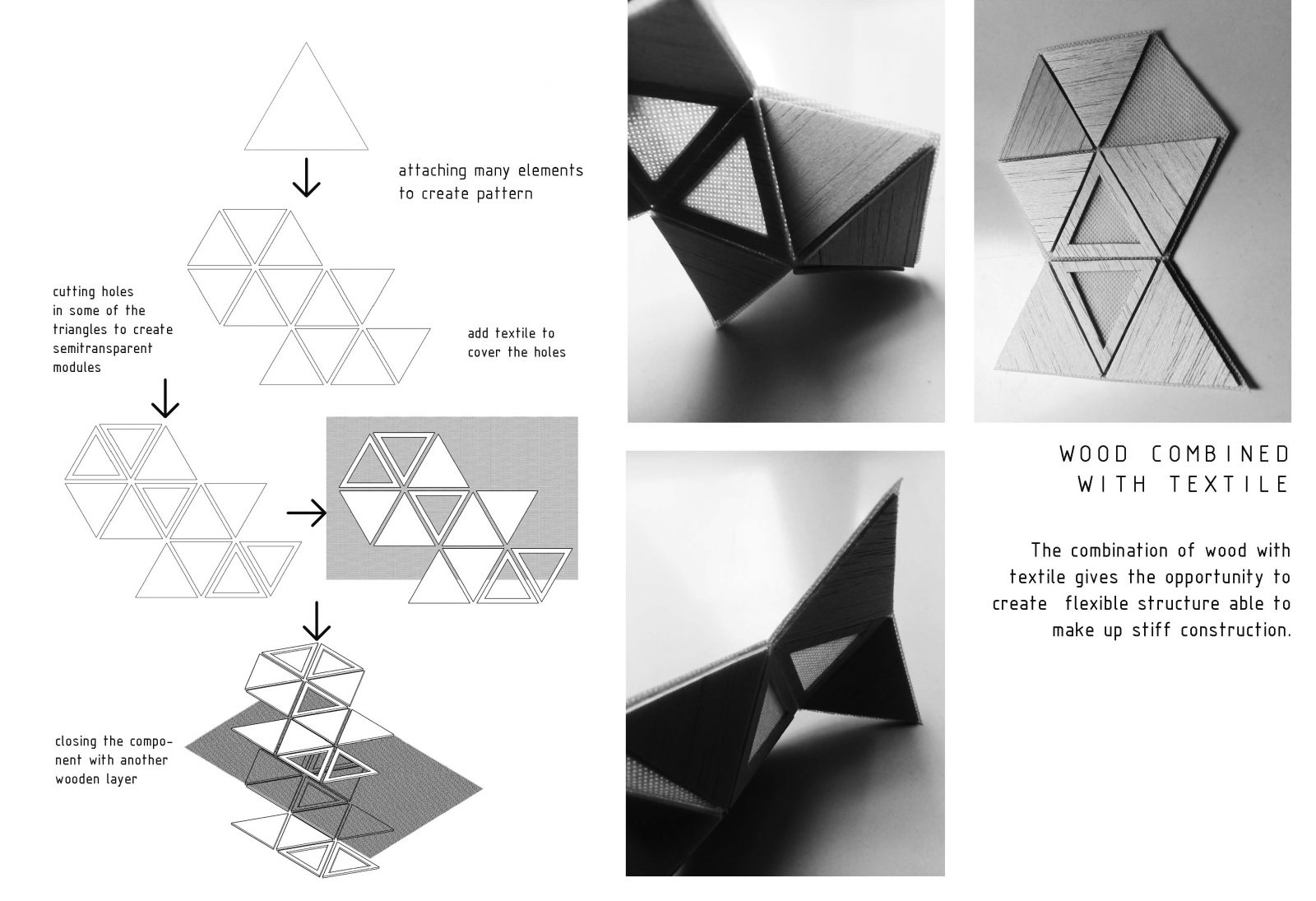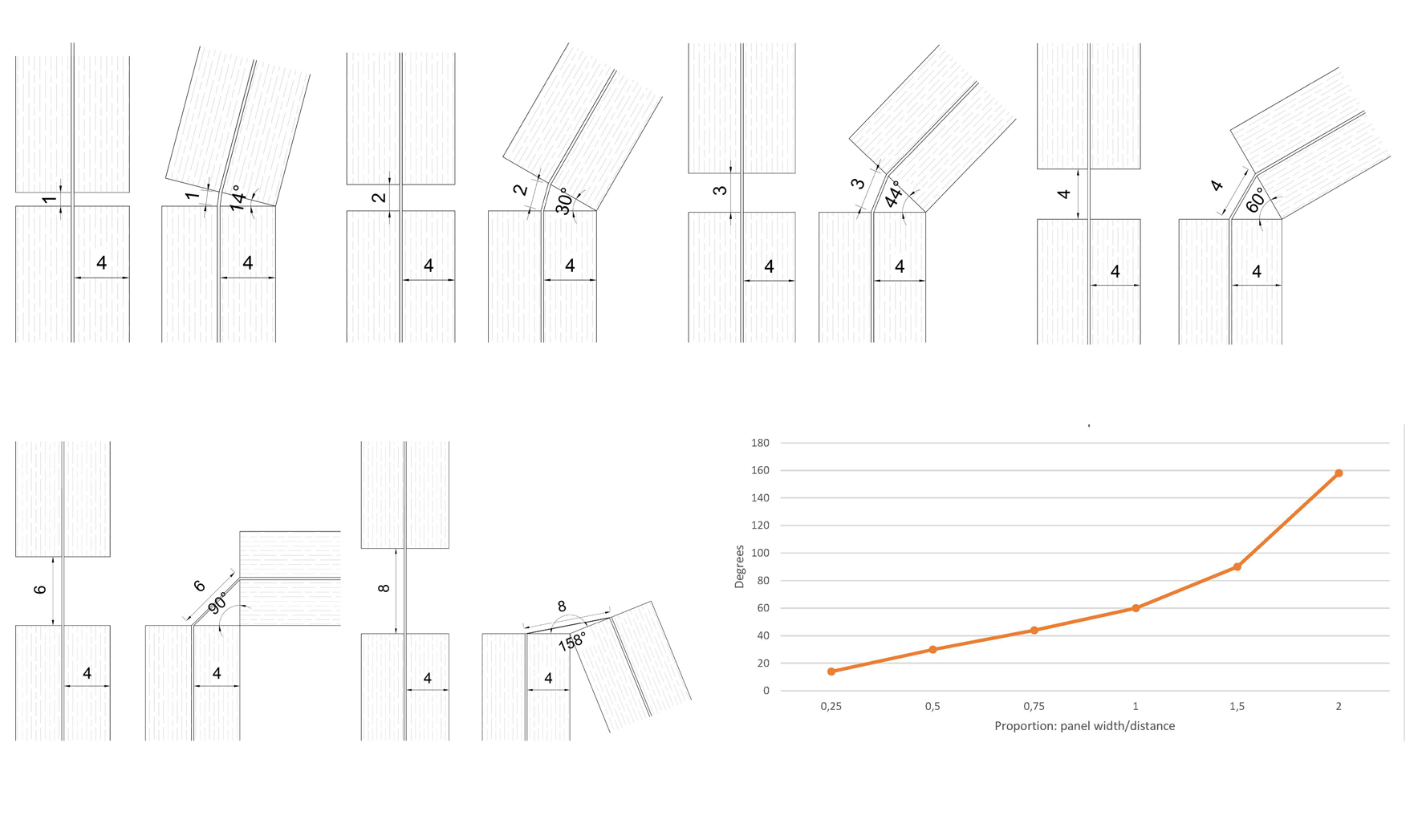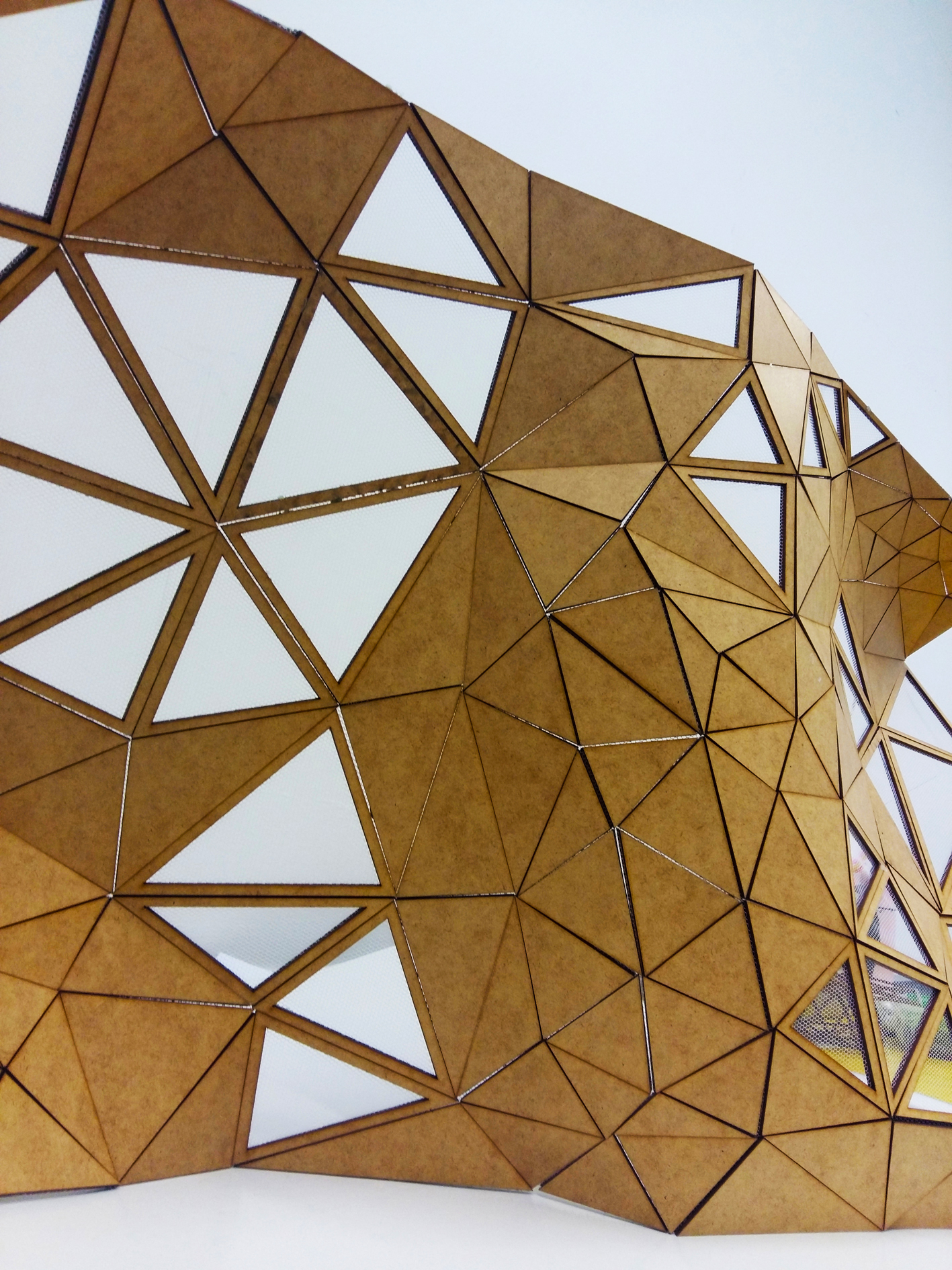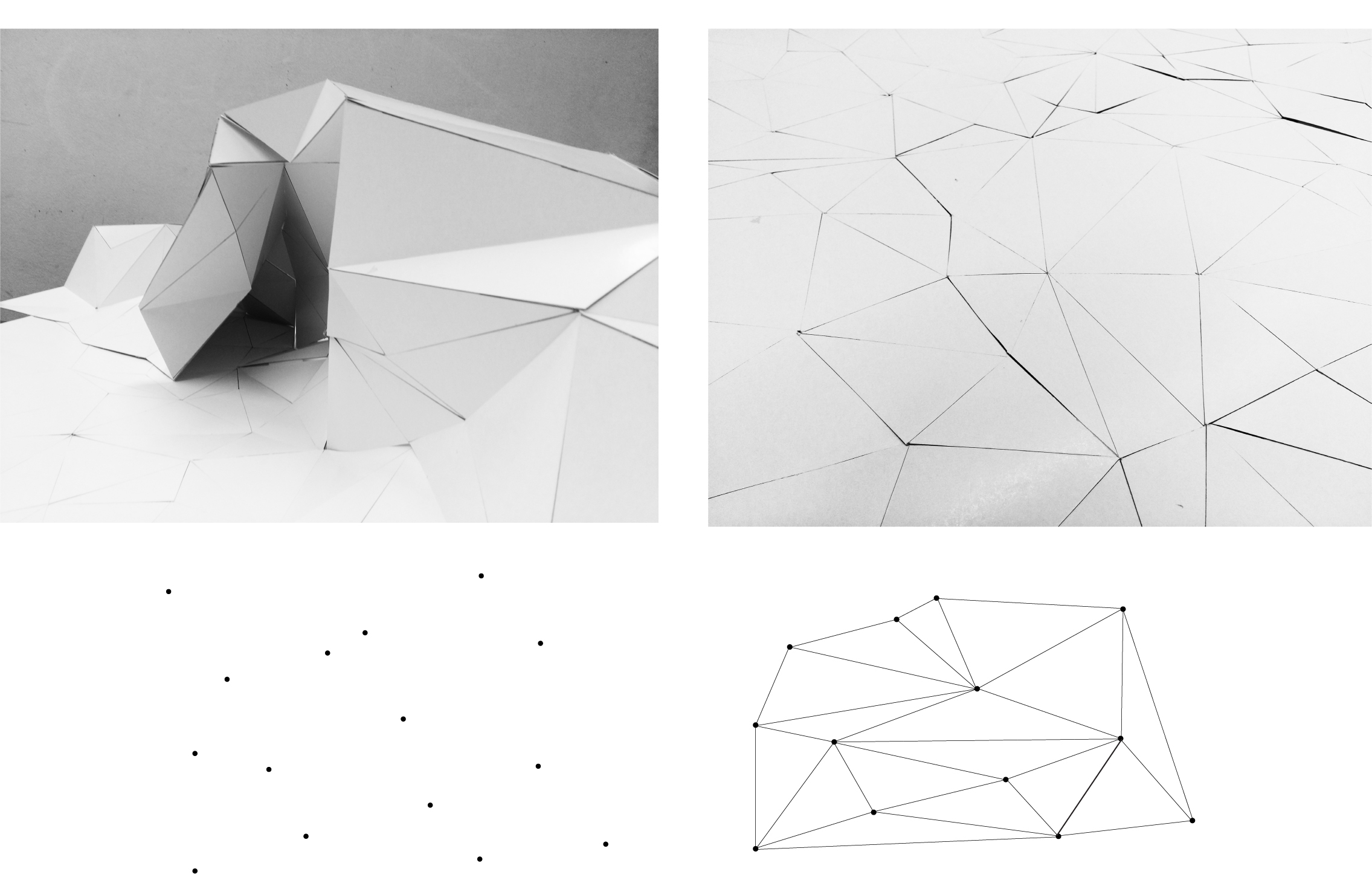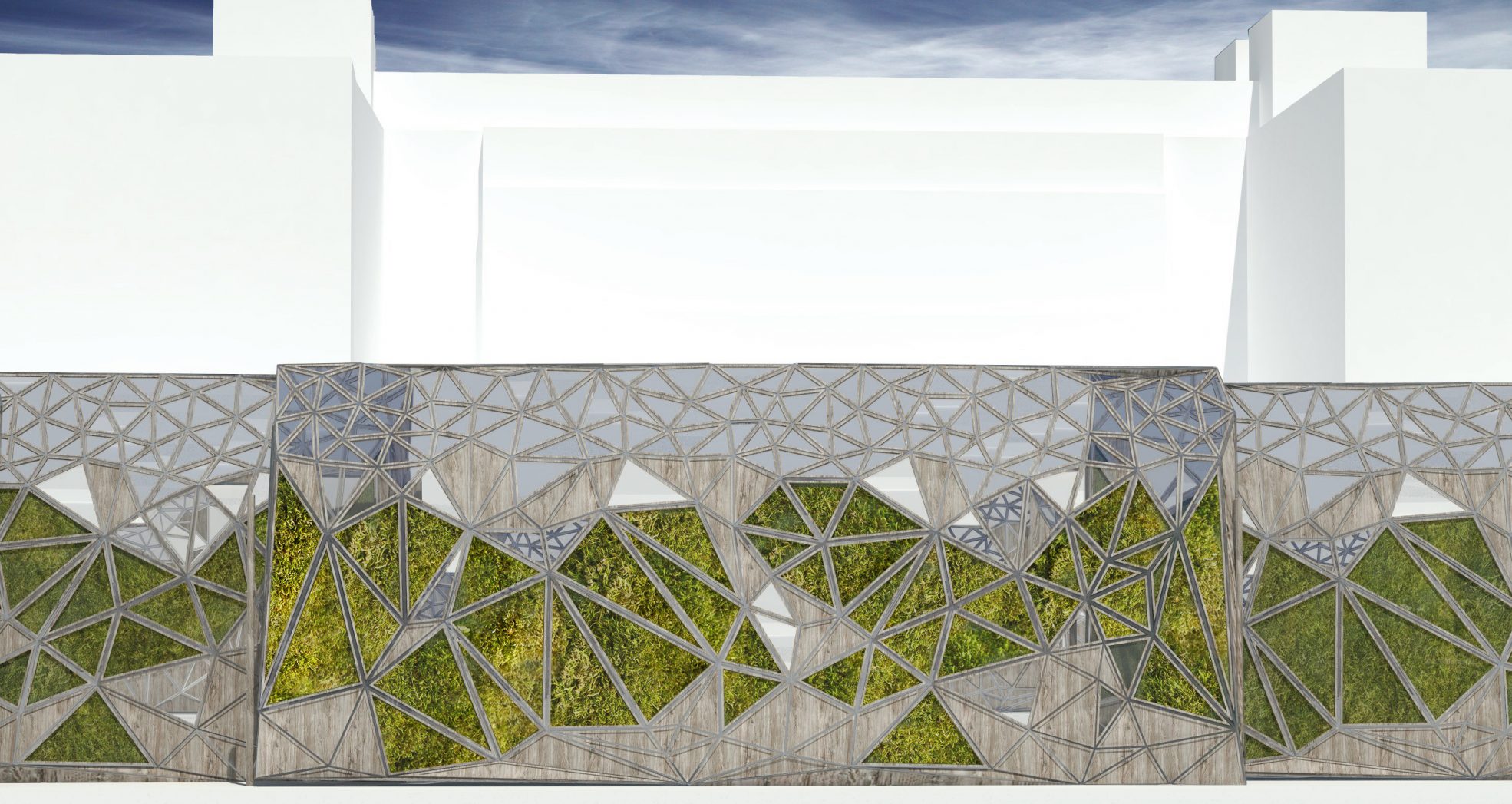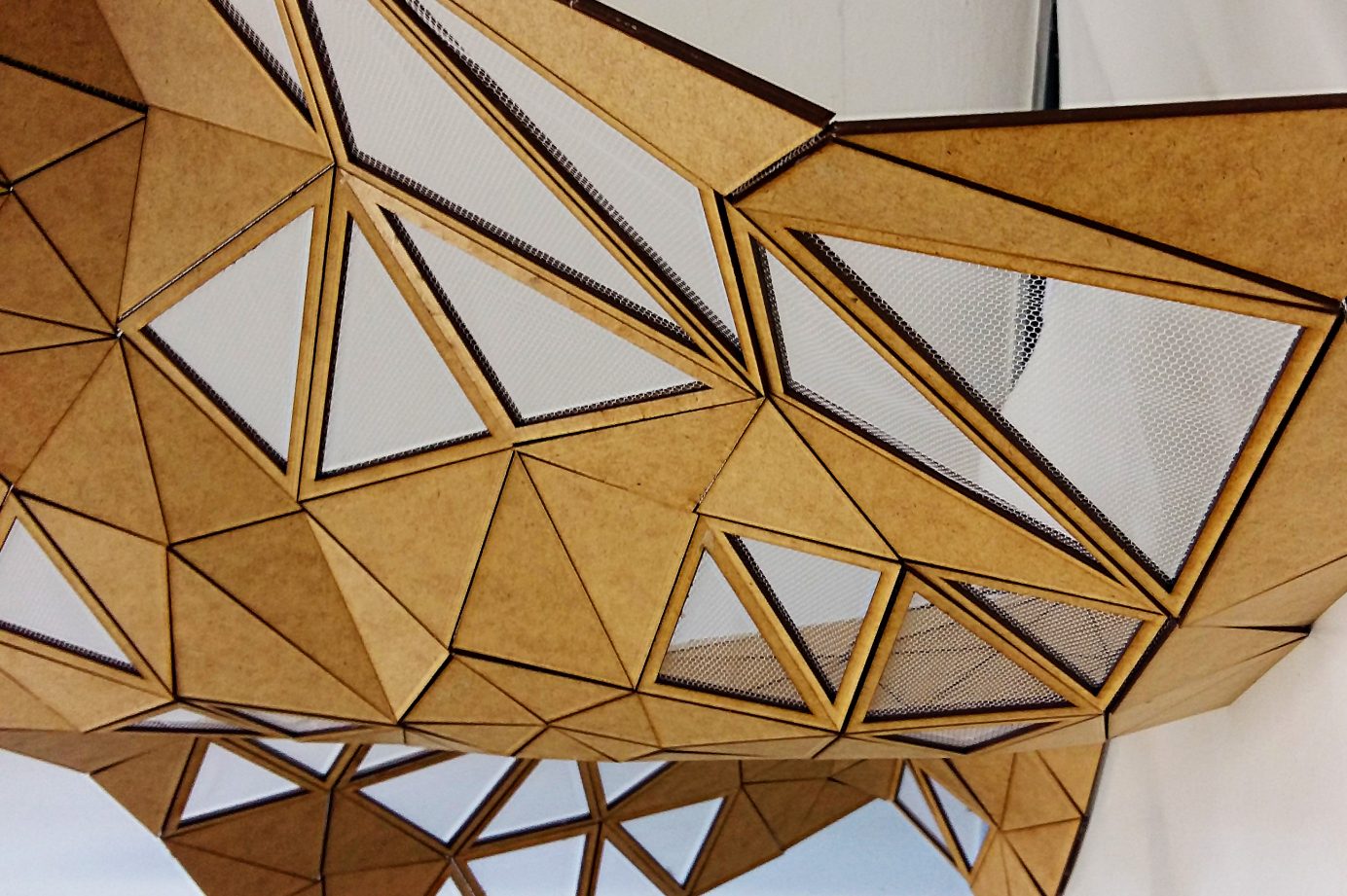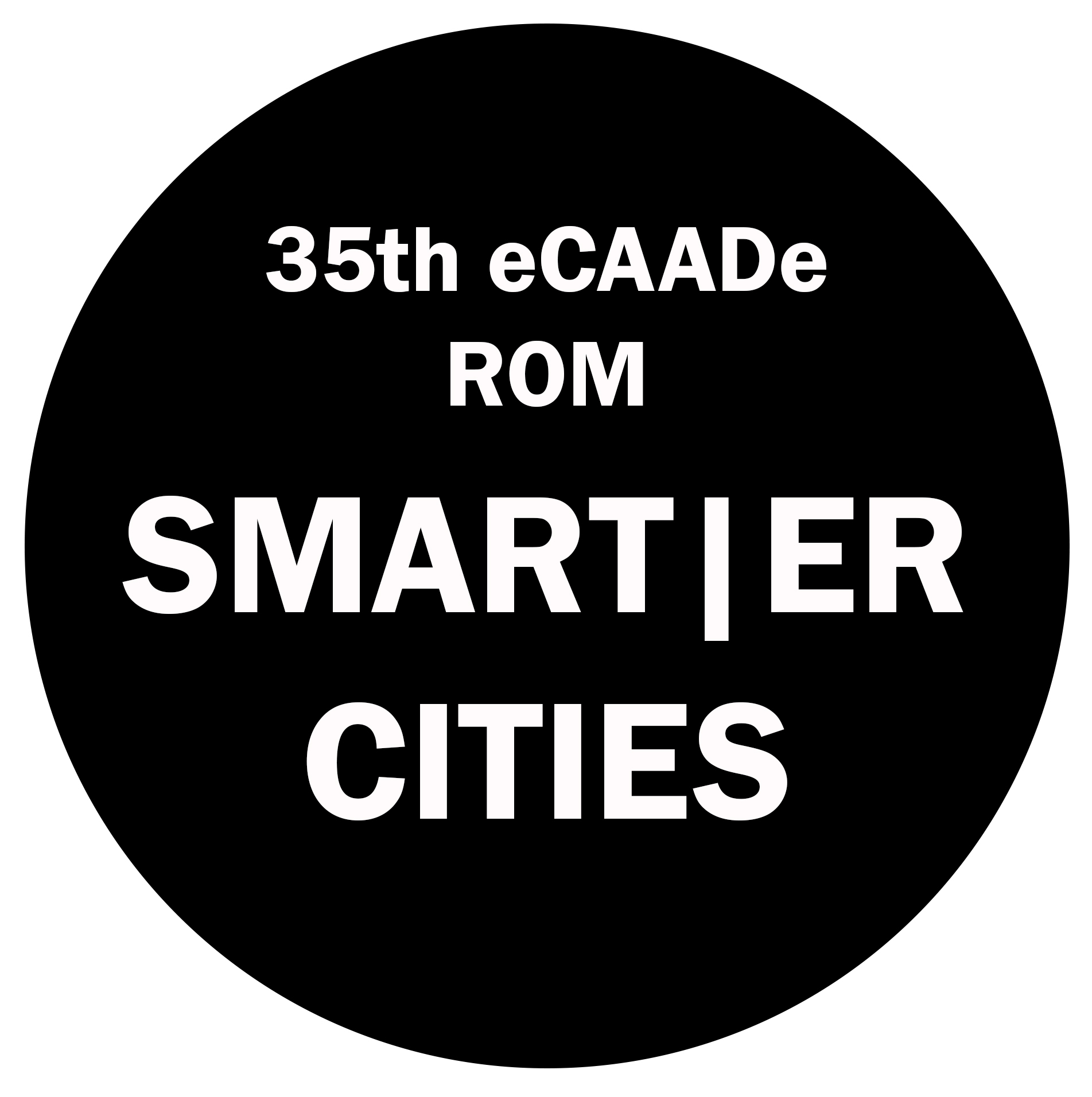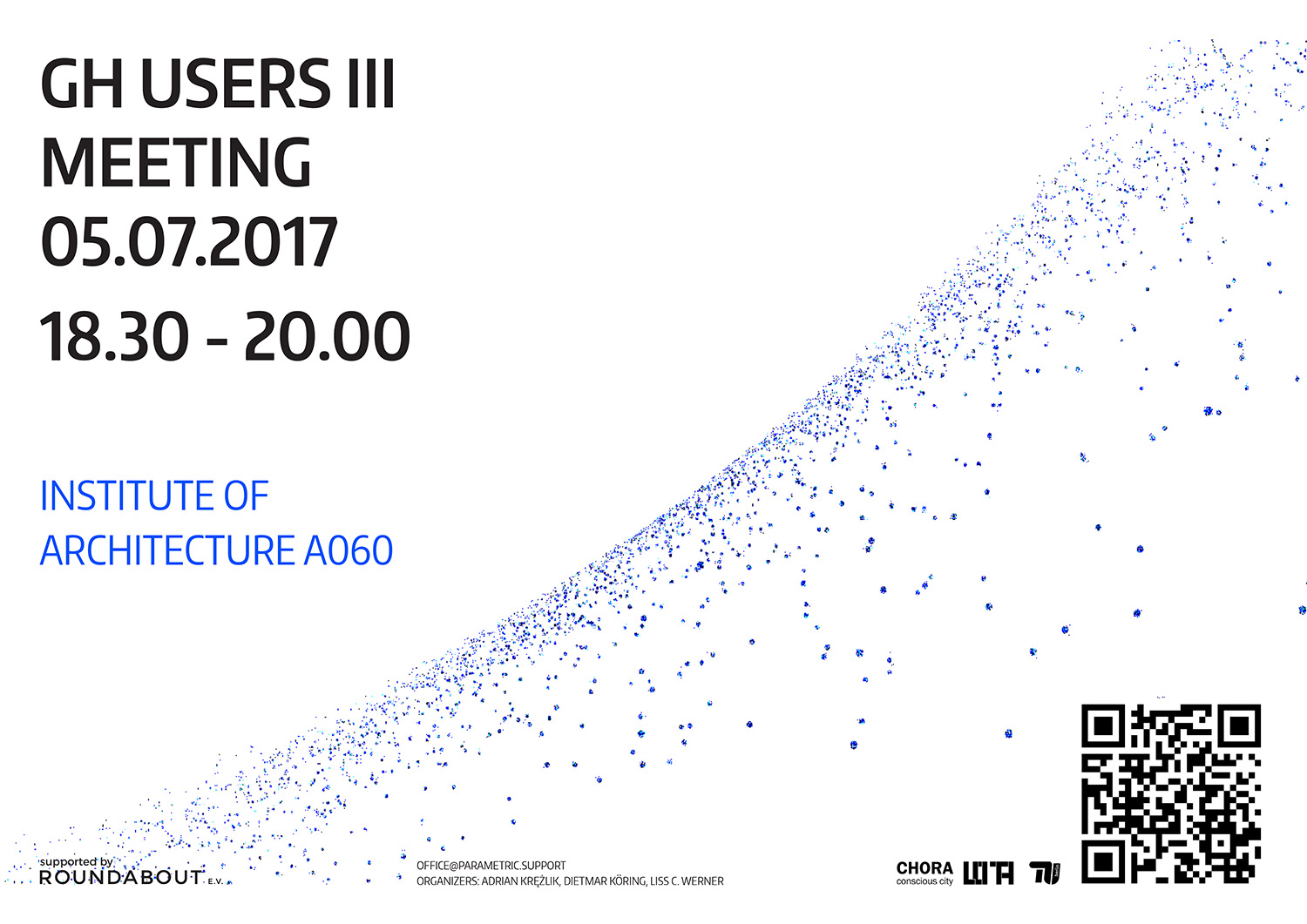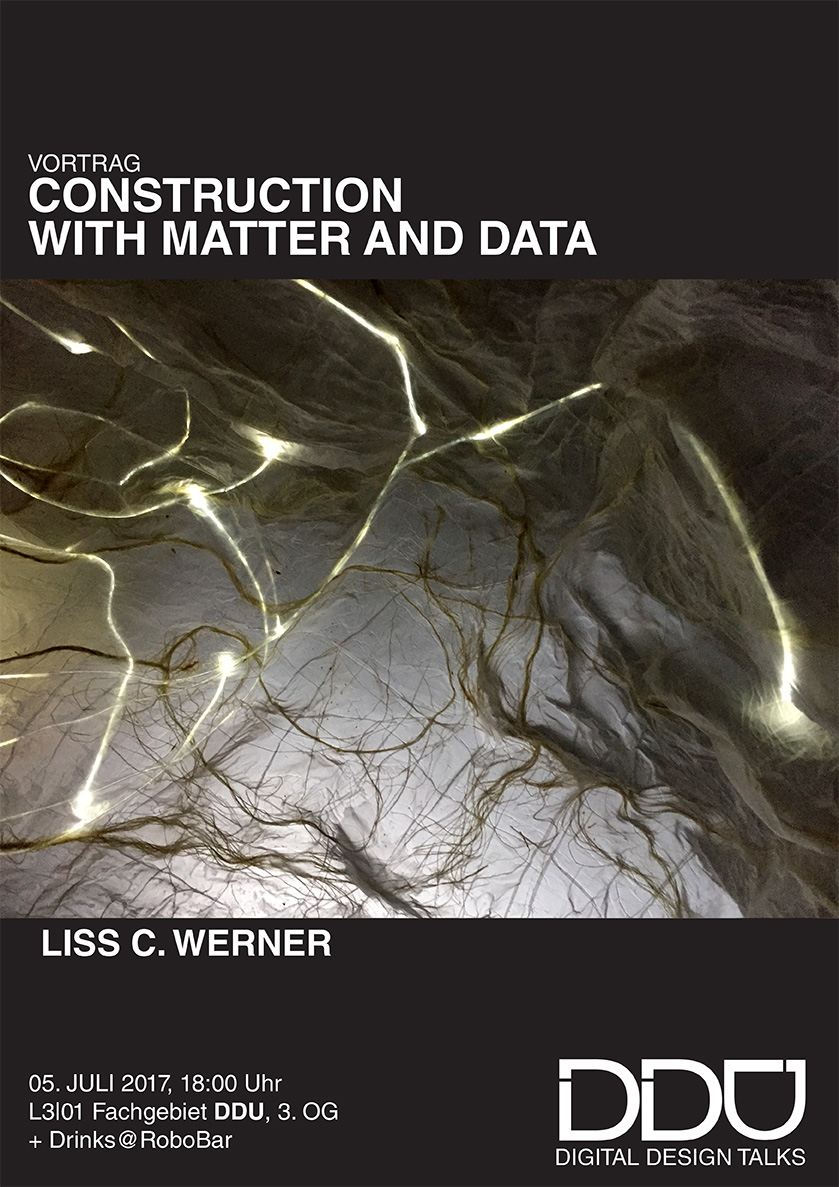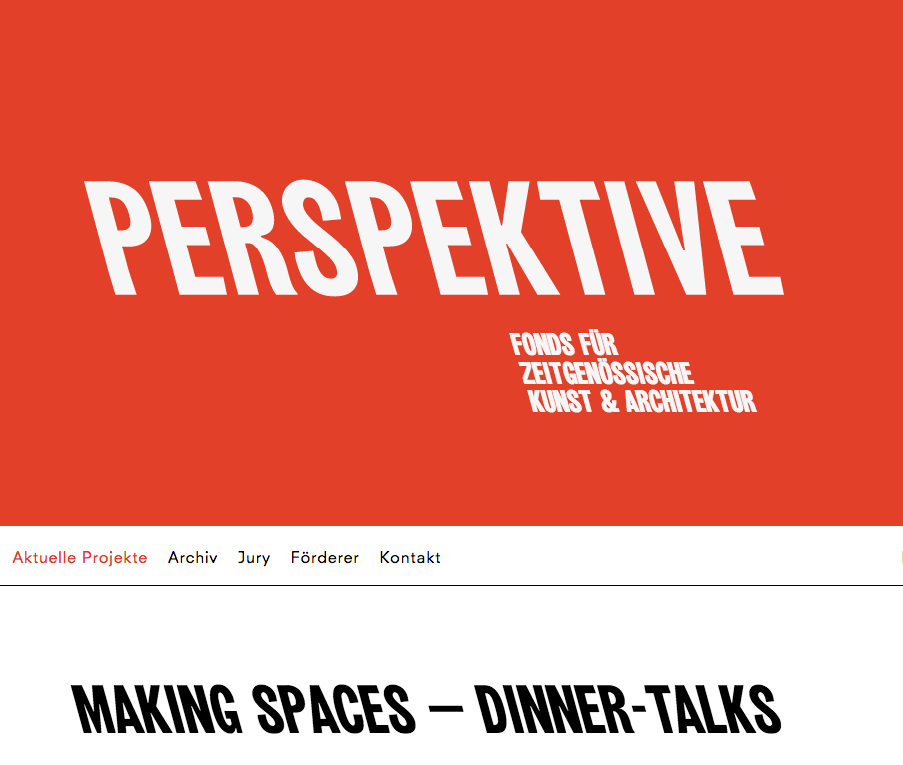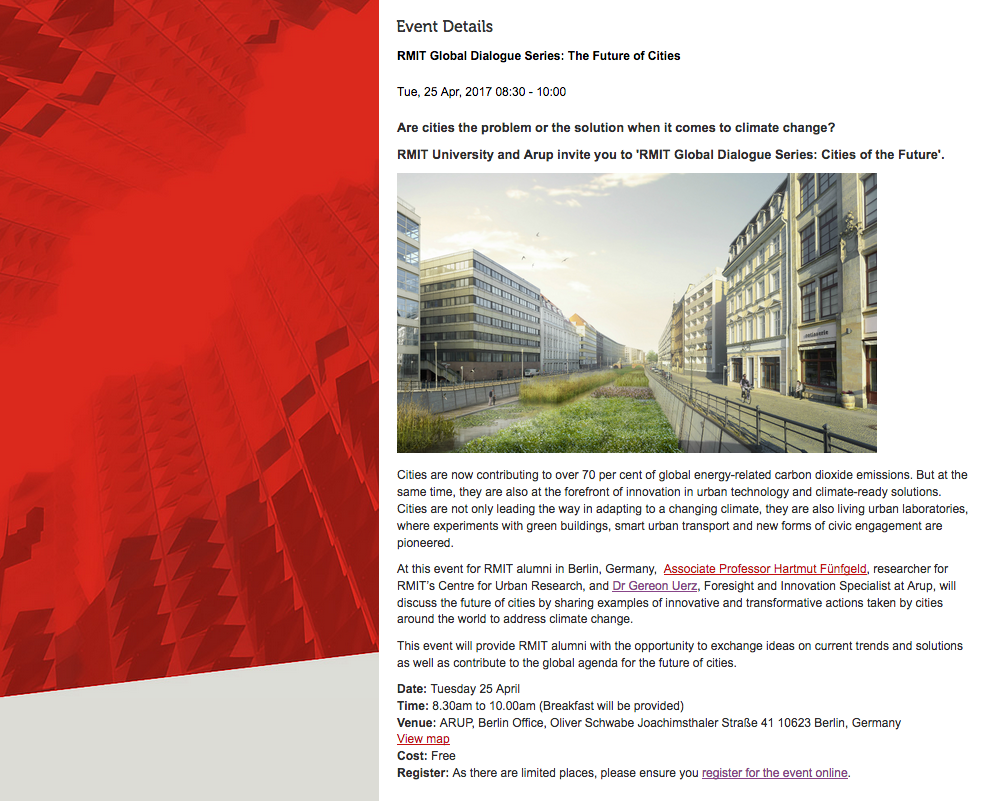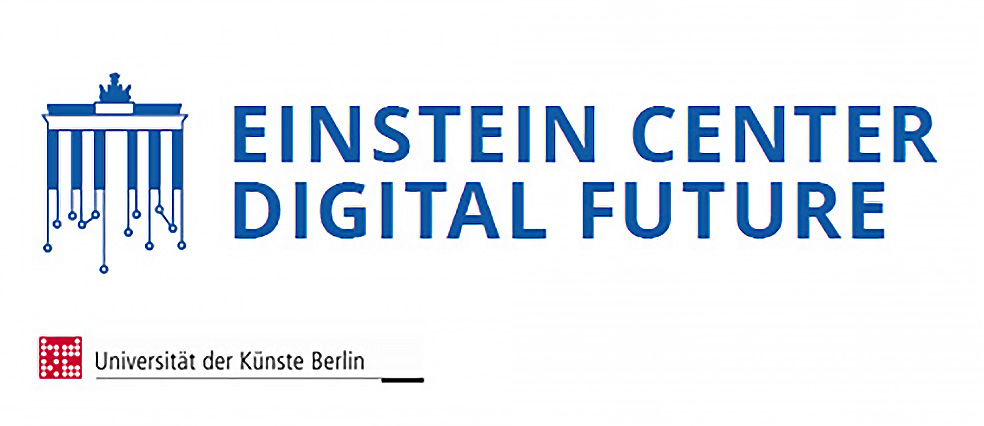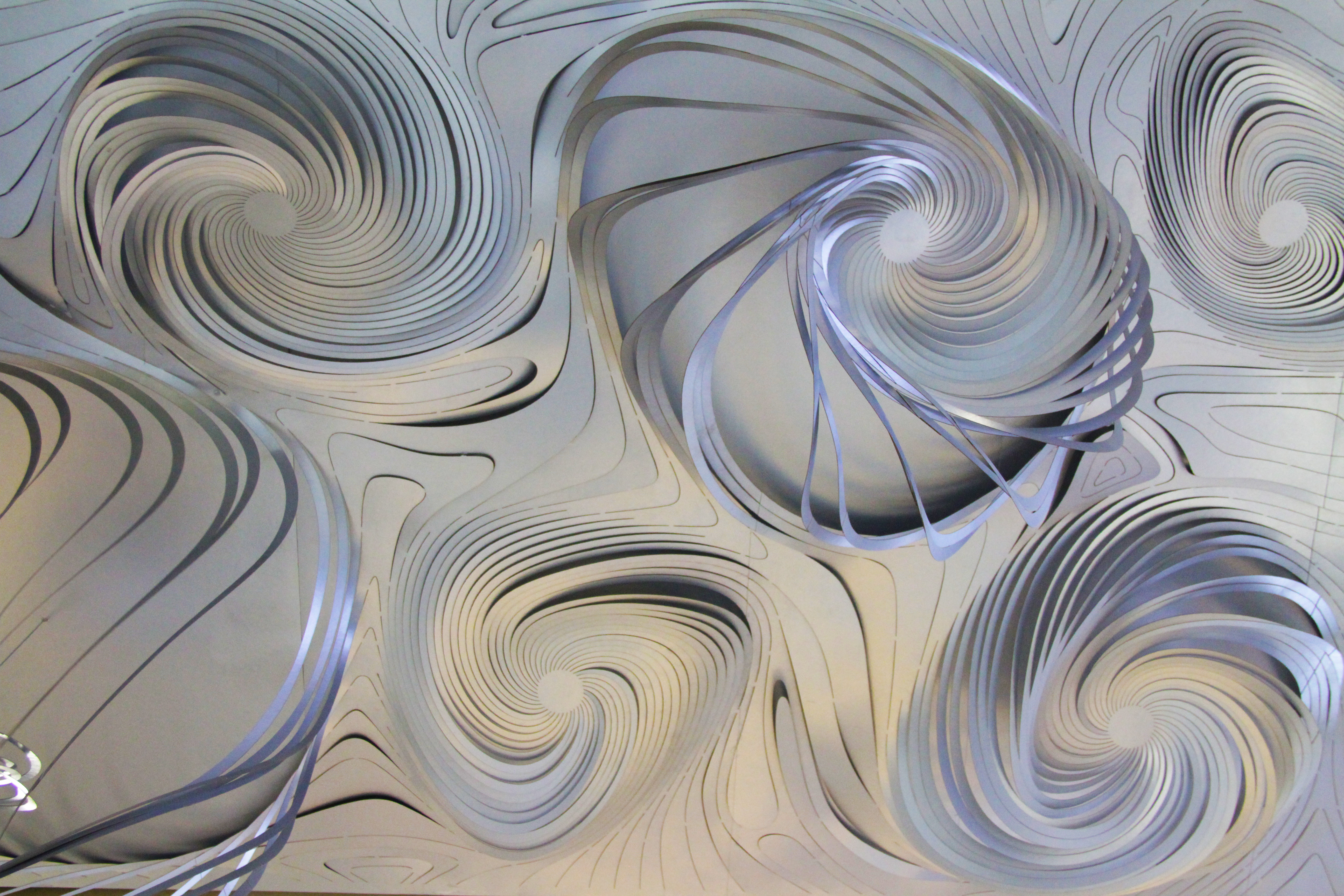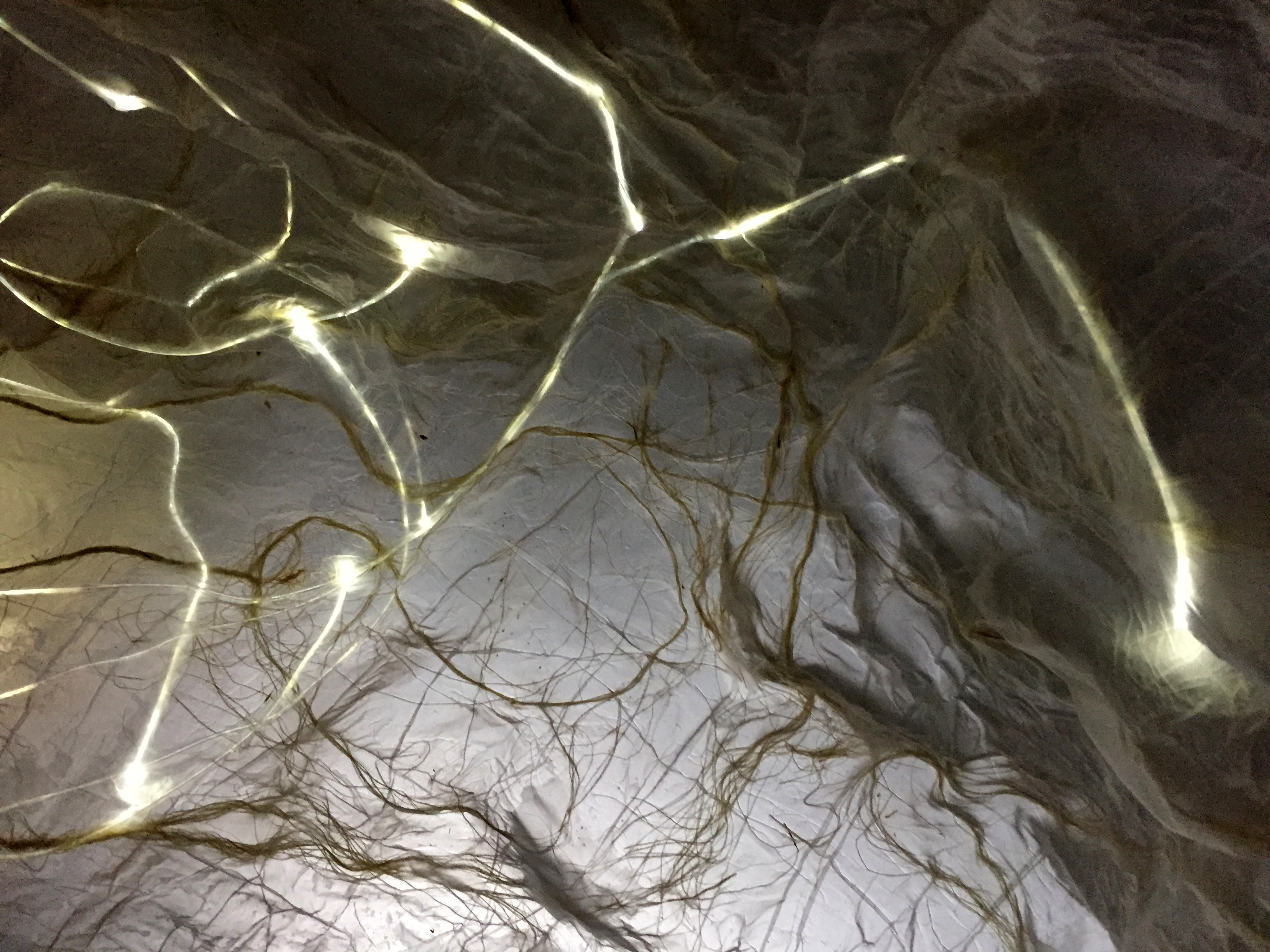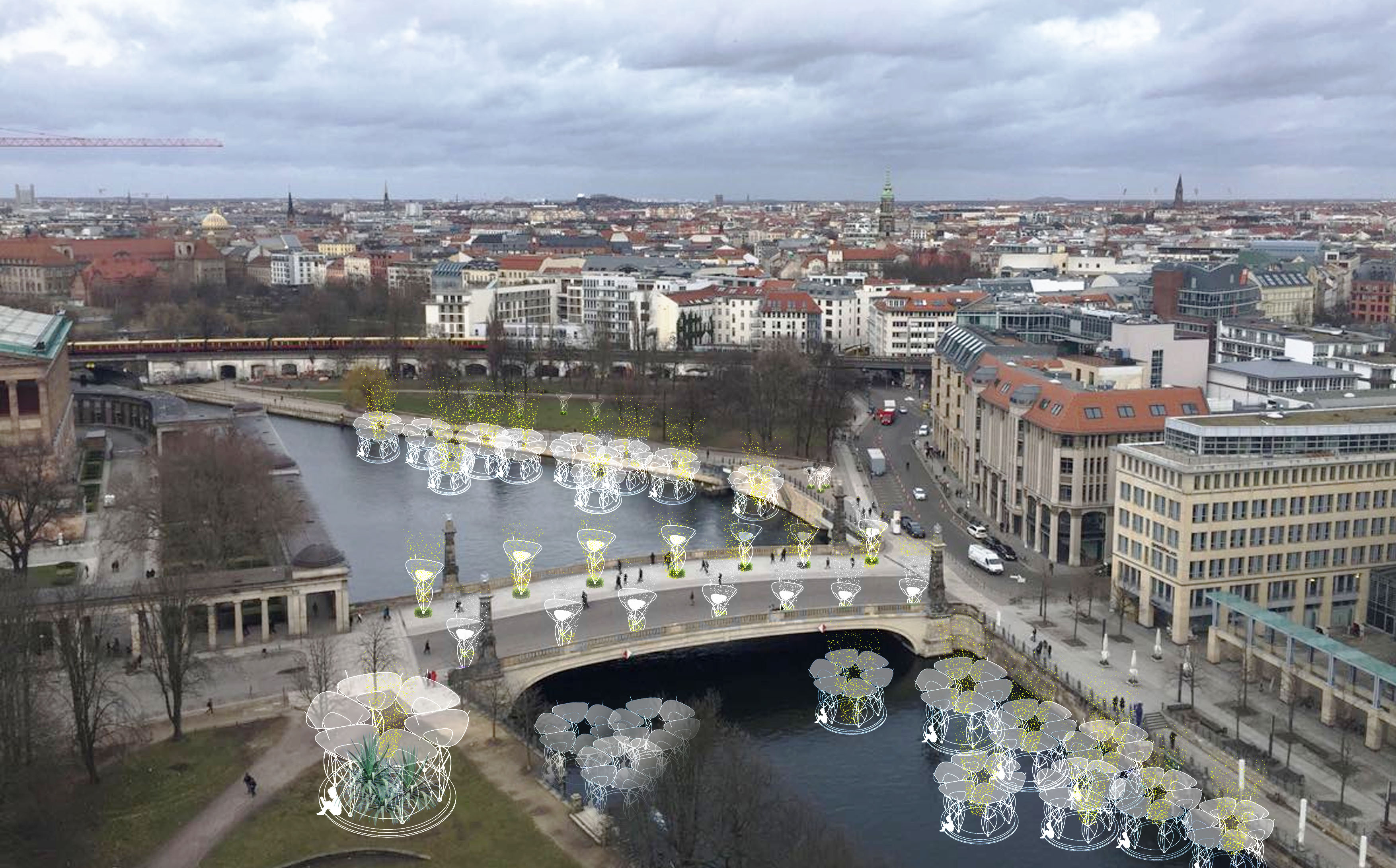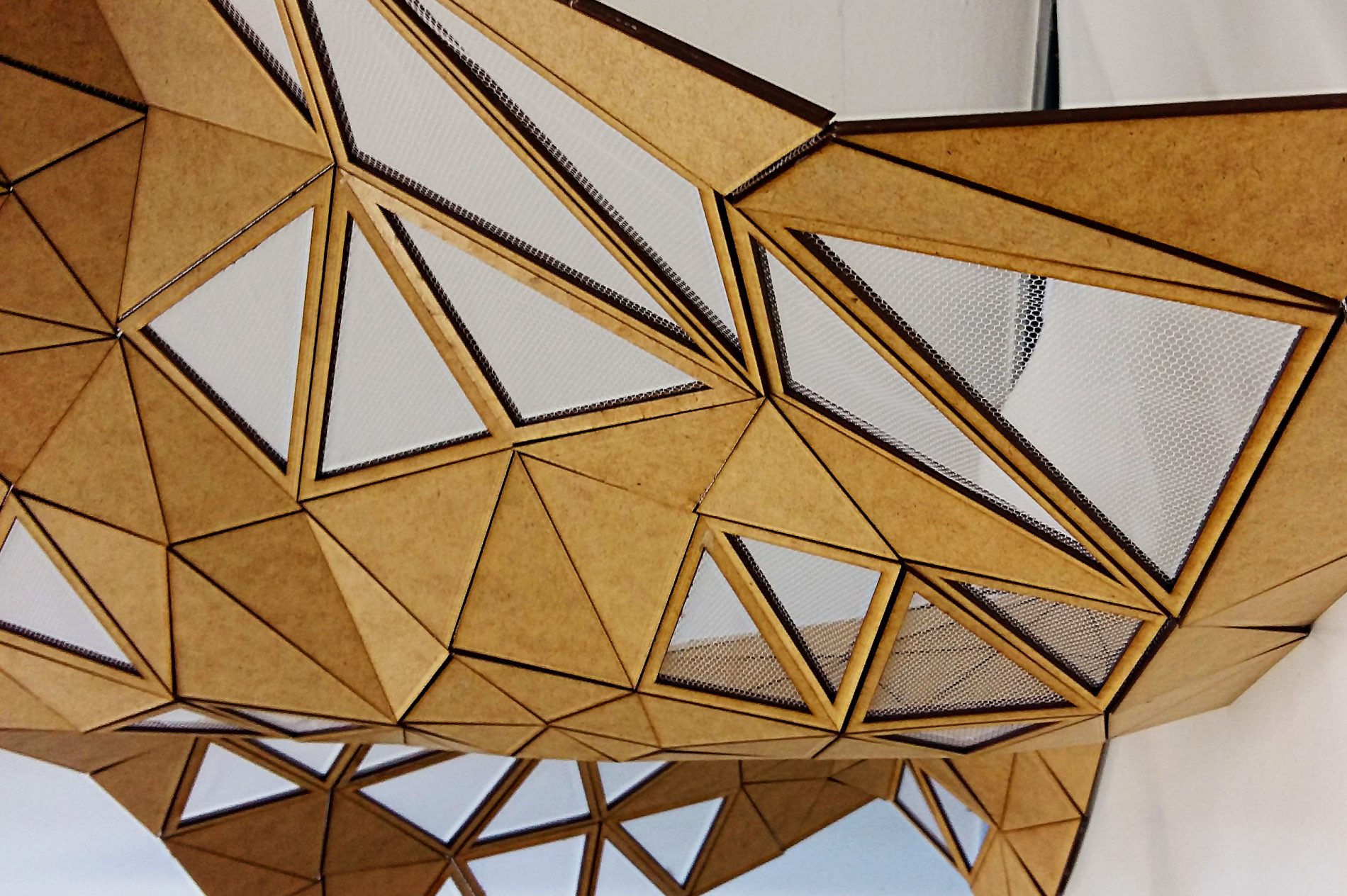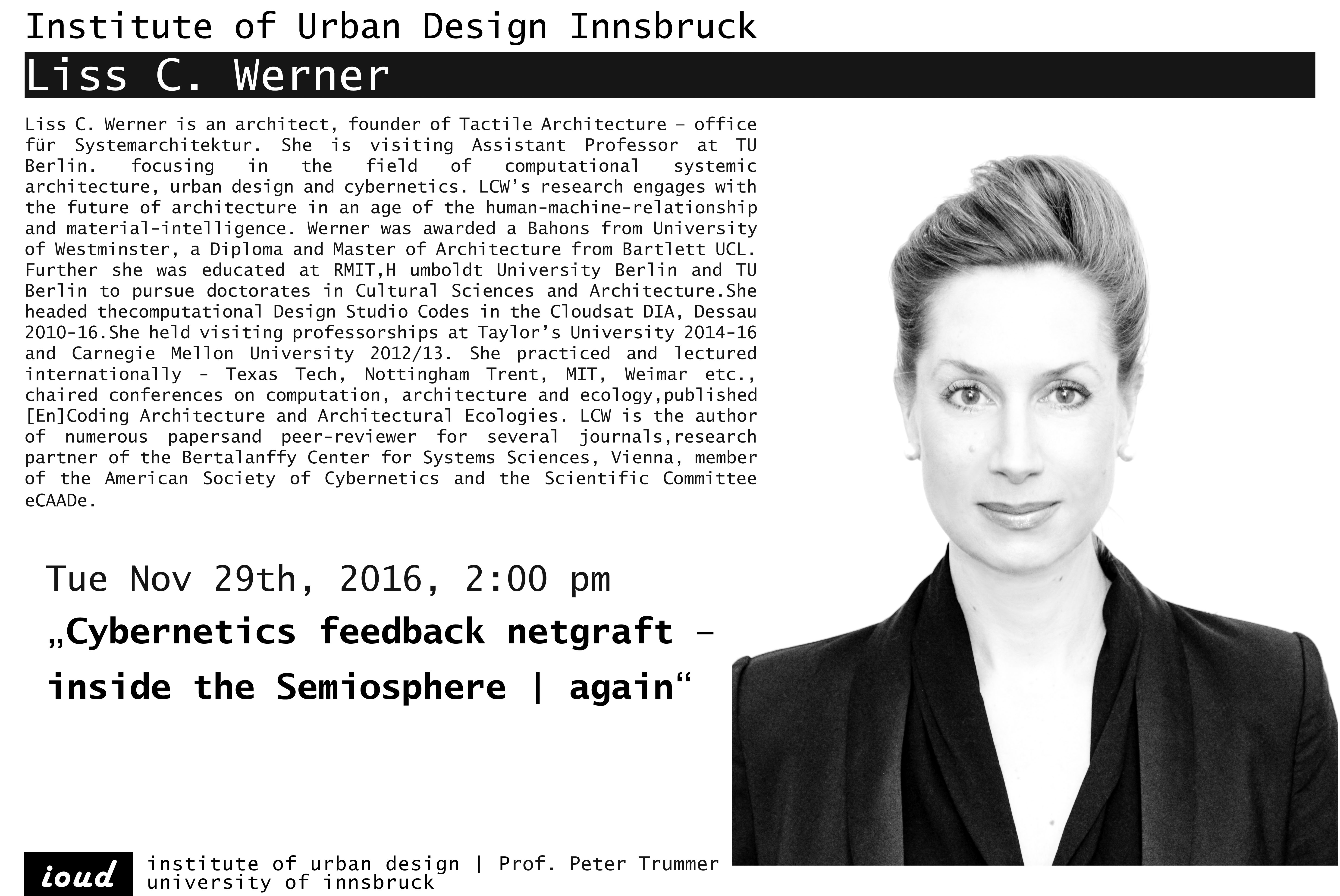The project suggests a composite wall based on digital origami development – geometrically. In the application in an urban environment the project discusses modular components for greenery, solar energy collection in conjunction with place-making. The prototype is designed to interact to and communicate with its environment.
We are intending to develop a prototypical process for a flexible geometrical structure which could be applied in an urban scale. The process involves experimenting with common materials such as paper and wood. The aim is to propose a methodology for the design of a composite urban material able to find application in a) constructing urban sheltering pavilions and b) noise and pollution reduction screens and c) as façade components. By combining folding patterns, originating in origami, developed modules can be employed both in small and big scale by changing its measurements (Demaine & O’Rourke, 2007) – structure and material to be taken into consideration. Urban rigid origami switch describes a kinetic component, whereby the analogue version is extended with digital and mechanical means. In communication with its environment the façade adapts to changing climate, sun and wind conditions, may reduce traffic noise and generate energy.
Students: Inês Ferreira, Izabela Kutyła, Marta Mazur
